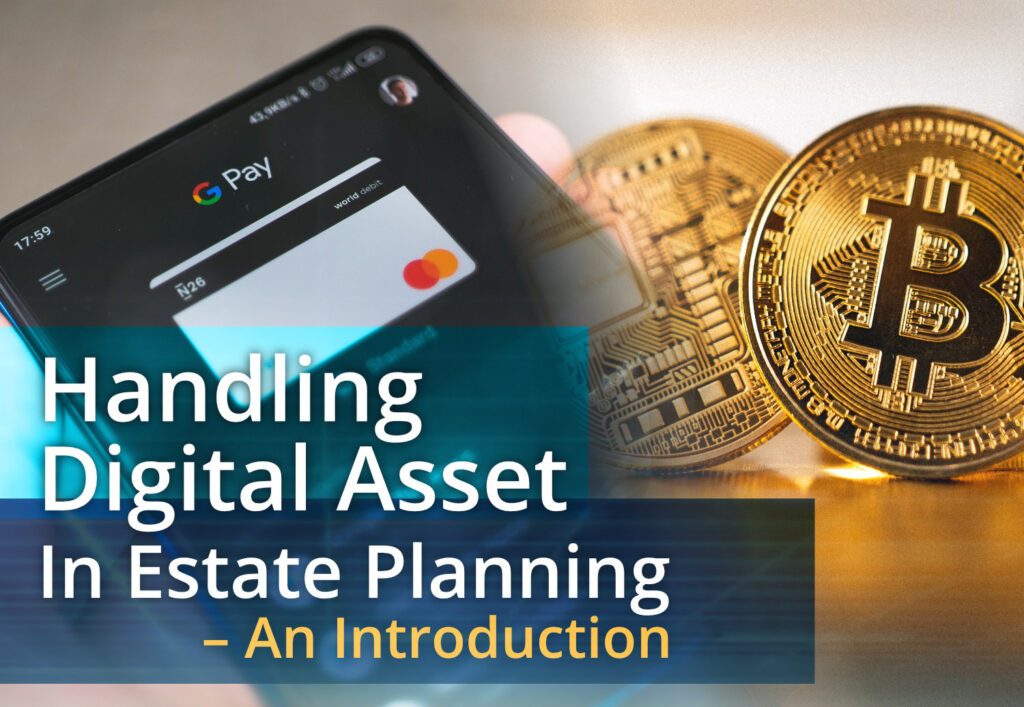People generally do not plan how they want to distribute their digital assets to their loved ones after they die. Such considerations are a sign of the times, having only emerged in the last two decades. They have accelerated in recent years with the exponential growth of social media, online shopping and online banking, and all their associated apps. By the same token, administering digital assets is also a relatively new area for estate planners.
As a simple example of complications that can arise from digital legacies, let’s say some of your loved ones may want your Facebook account to remain active after you are gone, while others might want to delete the account for closure.
It should be noted that when Facebook is made aware that a person has died, its policy is to memorialise the account. Memorialising is a way for family and friends to gather and share memories after a person has died and keeps the account secure by preventing anyone from logging into it. Only Facebook friends or family members can request a profile to be memorialised. However, people can also choose to have their Facebook accounts deleted after they die.
Now, if you do not indicate what you want done with your Facebook account in the event of your death, such an omission could lead to unnecessary disputes. This is something that should be addressed beforehand in your estate planning. In fact, the more planning you can do for the treatment and distribution of your digital assets, the easier it is for your loved ones to deal with your overall estate after you are gone.
Types of digital assets
As technology advances and people live more and more of their lives online, their digital assets are likely to grow. Current examples of a person’s digital assets include
- Online accounts – bank accounts, payment accounts, e-wallet, e-commerce accounts, investments, personal email accounts, gaming and cryptocurrency accounts
- Social media accounts – Facebook, Twitter, Instagram and LinkedIn accounts
- Reward programmes – airline miles, hotel credits
- Personal data – photographs, electronic books, music or videos in computer or kept on a cloud service
- Others – domain names, blogs, websites, cloud storage accounts like Dropbox or Google Drivers or online business sites.
This is already quite a comprehensive list. With this in mind, it is clear that more attention has to be paid to end-of-life digital asset preparation. People can’t put this off for too long. One solution may be to corral your digital assets into easy-to-access locations. Identifying this potential trend, former Google executives Daniel Sieberg and Rikard Steiber have teamed up to tackle the problem, partly as a response to the uncertainties about the future in the wake of the Covid-19 pandemic.
Along with writing a book published in 2020 titled Digital Legacy: Take Control of Your Digital Afterlife, Sieberg and Steiber have launched a website in the U.S. called GoodTrust. The company securely stores and manages people’s digital depository of documents, social media accounts and websites, delivering them to specific people that a person has cited, before or after they die.
To date, there are no prominent equivalents to this service in our region, but it won’t be long before such services start sprouting. The corralling of digital assets into a small number of specified locations will certainly be helpful for estate planning purposes.
Note: In our next article, we delve into how to deal with your digital legacy.










